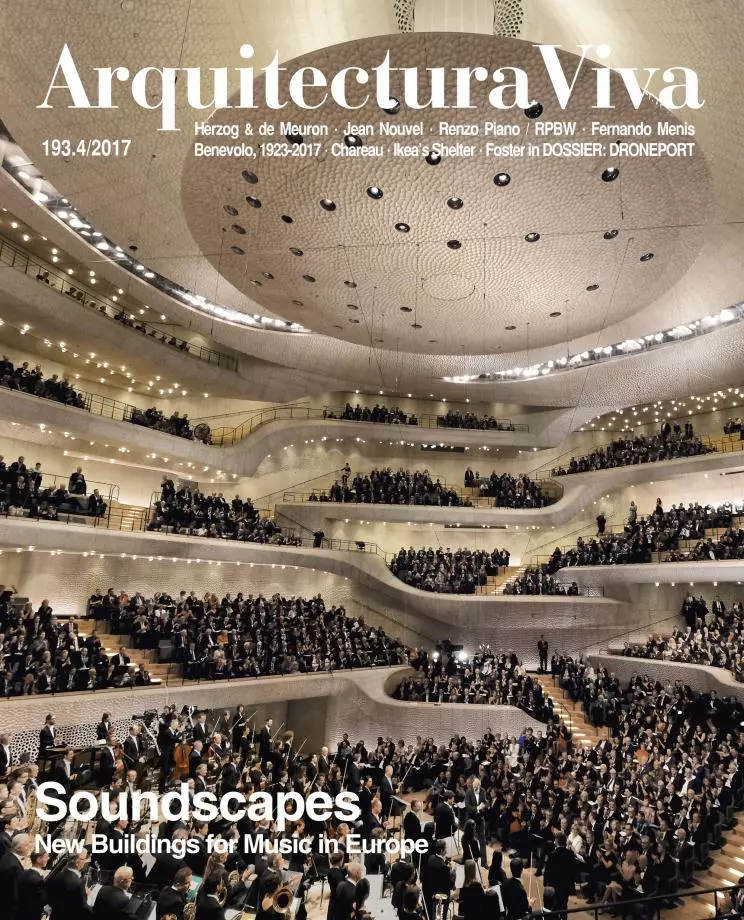
Leonardo Benevolo (Orta San Giulio, 25 September 1923–Cellatica, 5 January 2017) was for decades the most internationally influential historian of architecture and urbanism. His books made him a classic in schools across half the world, required reading for several generations of students. Nevertheless, his death practically went unnoticed, shrouded in the same oblivion that has shouded almost all the Italian greats of architectural debate, from Rossi to Zevi to Tafuri.
There will be time to think of the whys of this forgetfulness and its bearing on the current state of architecture, which is more interested in ephemera than in the long-term effects of the radical changes we are seeing in the way the discipline is understood and practiced. But surely the amnesia has to do with a characteristic of our epoch, which has shelved the longue durée of modern tradition, a tradition Benevolo himself, in his seminal Storia dell’architettura moderna, had identified with the European reformist movements of the second half of the 19th century: “To ask what modern architecture is,” wrote Benevolo in the first, 1960 edition of Storia, “we first have to ask when it begins.” His conclusion was straightforward: “There is a fundamental line between thought and action that begins with Owen and the utopians of the first half of the 19th century, continues with Ruskin and Morris, passes through the European avant-gardes of the period from 1890 to 1914, is enriched with the contributions of American builders and Wright, takes on a leading role in the years following World War I thanks to Gropius, and ends up giving rise to a unitary movement with the capacity to grow way beyond the initial premises.”
So Benevolo’s death can be likened to the burial of the entire tradition of modernity as theorized from 1945 on. Connecting with Pevsner’s Pioneers of Modern Design, Benevolo brought back the ethical and social component to the tradition of great Modern Movement narratives initiated by Giedion in 1941 with Space, Time, and Architecture, and relaunched shortly afterwards by Zevi in his Storia dell’architecttura Moderna (1950). But whereas Zevi found the foundations of the new architecture in the idea of ‘space,’ Benevolo – whose principal work was published a decade later – found them in the social agenda and in reformism. His militant posture sprang from the political idea he had of architecture, and also from a deep religious sensitivity, which translated into attention to the social problem of housing and urban growth, themes which are now the order of the day, more than ever before, after the euphoria of glamourous architecture that preceded the collapse of the global financial system. Againt ‘extraordinary’ architecture Benevolo upheld the reasonableness of ‘ordinary’ and ‘necessary’ architecture: linguistic questions should stay in the background, and priority given to the problems of human happiness.
His historical work was carried out in parallel with his work as an urbanist (in 1964 he published Le origini dell’urbanistica moderna) in charge of planning many Italian cities; a career which found written expression in 2012, in his still unpublished Il tracollo dell’urbanistica italiana (the collapse of Italian urbanism), which defines the new epoch, an epoch inaugurated with the 21st century as that of the end of utopias. Despite this bitter conclusion, Benevolo never stopped believing that only in the quality of necessary projects can we find solutions for a fairer and more solidarious society. A message of extreme currency which it may be a good idea to take up anew.
Fulvio Irace, architectural critic, is a professor at the Politecnico di Milano.





